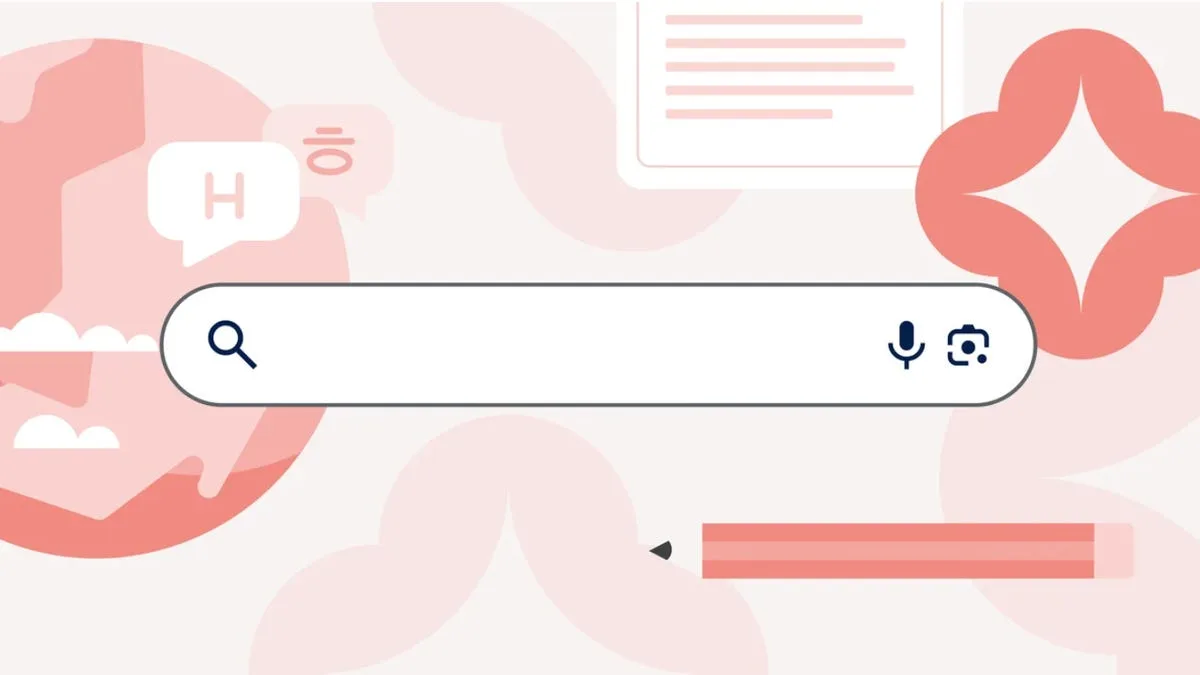Hey there! Let’s dive into a conversation that’s becoming more relevant every day—which AI support agent has the most reliable fallback mechanisms? With all the tech advancements happening at lightning speed, we’re seeing AI show up in places we never thought possible, especially in customer support. It’s great, but what happens when things go a bit haywire?
You know those moments when you’re trying to get help, and the bot seems to lose the plot entirely? That’s where fallback mechanisms come in. I mean, sure, AI is impressive, but it’s not always perfect. Fallbacks are those safety nets that kick in when the AI doesn’t have all the answers, and trust me, having a solid fallback can make or break a user’s experience.
As we explore the different AI support agents out there, it’s critical to focus on the ones that truly shine when things get tricky. Let’s think about it—a reliable fallback can turn a frustrating situation into a manageable one. In a world where timely responses matter more than ever, wouldn’t you want to know which AI has got your back when it counts? So, let’s dig into the contenders and see who really comes out on top when it comes to setting up those crucial backup plans!
Understanding Fallback Mechanisms in AI Support Agents
When evaluating AI support agents, one of the most crucial aspects is their fallback mechanisms. Fallback mechanisms refer to the processes an AI employs when it cannot confidently provide an answer. These systems are vital for ensuring that users receive accurate and helpful assistance, even when the AI encounters ambiguity or limitations.
Importance of Robust Fallback Mechanisms
A reliable fallback mechanism can significantly enhance user experience by ensuring that queries do not end in frustration. When an AI is unable to address a user’s question, it should guide them seamlessly toward human assistance or offer alternative solutions. This not only maintains user engagement but also fosters trust in the AI system.
For instance, if an AI customer service bot fails to provide an exact answer about a product return policy, a robust fallback mechanism might redirect the user to a human agent or offer a link to detailed FAQs. This proactive approach reassures users that their concerns are being taken seriously.
Top Contenders for Reliable Fallback Mechanisms
When discussing AI support agents with strong fallback mechanisms, three names often emerge: Google’s Dialogflow, Microsoft’s Azure Bot Service, and IBM’s Watson Assistant. Each of these platforms incorporates varying levels of fallback strategies, making them suitable for different use cases.
For example, Dialogflow excels in natural language understanding, allowing it to recognize when it doesn’t understand user intent. The platform then gracefully hands off the conversation to a human agent, ensuring a continuous support experience.
Analyzing Microsoft’s Azure Bot Service
Microsoft’s Azure Bot Service also incorporates intelligent fallback capabilities. This service uses pre-built models to detect user intent and can trigger fallback responses when those intents aren’t recognized. Its integration with Microsoft’s broader ecosystem allows it to provide alternative information from other sources or escalate to a human effortlessly.
An example is the Azure Bot Service assisting a user in a retail scenario, where it may initially handle inquiries about inventory but pass off complex questions, like those about returns and refunds, to a human representative.
IBM Watson Assistant: A Comprehensive Approach
IBM’s Watson Assistant employs a unique approach to fallback mechanisms. It includes built-in analytics that constantly refine its understanding of user interactions. By analyzing past interactions, it learns about common areas of confusion and enhances its fallback strategies over time, offering increasingly accurate responses and redirects.
In practice, Watson might handle routine inquiries effectively but recognize through historical data that certain queries usually lead to confusion. It can subsequently prompt users with an option to connect directly with a human agent for complex issues.
Fallback Mechanism Best Practices
Across all systems, there are some best practices for effective fallback mechanisms. First, clear communication is essential. Users should always know when they’re being redirected, providing them with reassurance that their questions are still valued. Automatic notifications to users can help manage their expectations.
Additionally, user feedback is invaluable. Gathering insights about user experiences can help AI systems continually improve their fallback responses. Regular updates and training enhance the AI’s ability to accurately recognize when to escalate an issue.
Conclusion: Choosing the Right AI Support Agent
Ultimately, selecting an AI support agent with robust fallback mechanisms depends on your specific needs. Whether you prioritize natural language understanding, integration capabilities, or analytics-driven improvement, there’s a solution available. Investing in an AI that ensures user satisfaction through effective fallback strategies can significantly enhance customer engagement and loyalty.
As AI technology continues to evolve, those fallback mechanisms will only become more sophisticated, making our interactions with technology smoother and more intuitive.
Evaluating AI Support Agents
When it comes to AI support agents, having effective fallback mechanisms is crucial. A reliable fallback mechanism ensures that when the AI encounters a problem it can’t solve, there’s a smooth transition to either a human agent or an alternative solution. Here are some suggestions for selecting an AI support agent with robust fallback mechanisms.
Assess Response Time: Check how quickly the AI can recognize when it needs to escalate an issue. The best agents will have rapid response times for fallback scenarios—ideally, they should switch to human assistance in under 30 seconds when necessary.
Evaluate Multiple Escalation Pathways: Look for AI agents that offer various options for escalation. Whether it’s directing users to FAQs, live chat, or phone support, having multiple pathways can make a significant difference in customer experience.
Test Real-World Scenarios: Before choosing an AI agent, conduct trials where you intentionally present challenging questions or ambiguous queries. Observe how it handles those situations and what fallback options it provides.
Review User Feedback: Seek out reviews and testimonials specifically about the agent’s fallback capabilities. User experiences can give you insights into how effective the fallback mechanisms are in real-life situations.
Analyze Integration Flexibility: Ensure the AI agent can integrate seamlessly with your existing systems, especially when transitioning to human agents. This includes sharing previous conversation history and context to avoid repetition for the user.
Examine Learning and Adaptation: Choose an AI that shows continual improvement over time. Those that learn from previous interactions are often better at handling complex queries and can implement more effective fallback solutions as they evolve.
- Engage with Support Teams: Reach out to the support teams of the AI solutions you’re considering. Ask them specific questions about their fallback process. Their responsiveness and willingness to engage can be a telling indicator of the service quality you can expect.
By following these practical steps, you can better identify AI support agents that not only meet immediate needs but also provide reliable fallback mechanisms for a smoother user experience.
Evaluating AI Support Agents: Insights into Reliable Fallback Mechanisms
When discussing which AI support agent has the most reliable fallback mechanisms, it’s essential to consider various statistics that underline the importance of effective fallback strategies. According to a recent survey conducted by Gartner, nearly 70% of customers reported frustration when their queries go unanswered, highlighting the need for robust fallback options in AI systems. With many consumers relying on AI for immediate answers, a support agent’s ability to redirect users to human assistance or provide alternative solutions becomes a critical metric for success.
Experts in the field emphasize the significance of fallback mechanisms in customer service AI. Dr. Julia fear, an AI ethics researcher at MIT, points out that "a well-designed fallback system doesn’t just enhance user satisfaction; it also safeguards the brand’s reputation." This sentiment is echoed by industry leaders who advocate for design prioritizing user empathy. For instance, tech giants like Google and Microsoft have invested heavily in creating adaptive fallback responses that can adjust based on user context. Improved machine learning algorithms allow these agents to learn from past interactions, refining their fallback strategies over time to minimize customer frustration.
One noteworthy statistic is that 42% of users tend to switch to a competitor if their initial query is not resolved efficiently. This high rate of customer attrition emphasizes the need for AI support agents to have reliable fallback mechanisms in place. Systems that can seamlessly transition users from automated responses to human representatives tend to retain more customers. For example, Zendesk’s AI solutions incorporate an intelligent routing system that determines when a query warrants human intervention, significantly reducing dropped inquiries.
Additionally, lesser-known facts about AI support agents reveal intriguing insights. For instance, not all fallback mechanisms are created equal. While many systems can transfer a conversation to a human operator, the timing and context of that transfer are crucial. According to a report from Forrester, AI support agents that utilize context-aware fallback mechanisms result in a 30% reduction in response times, leading to better consumer experiences. This suggests that determining when and how to activate a fallback can dramatically influence overall customer satisfaction.
Many frequently asked questions revolve around how companies can choose the right AI support agent based on reliability and fallback mechanisms. An essential consideration is the agent’s ability to learn from user interactions continuously. Solutions that incorporate feedback loops to improve fallback processes over time often provide a better user experience. Choosing an AI support agent with a proven track record of adaptability can make a significant difference, especially for businesses focused on long-term customer relationships. When evaluating options, potential users should also look for case studies or testimonials from companies that have successfully implemented these systems.
In exploring which AI support agent has the most reliable fallback mechanisms, we’ve uncovered some intriguing insights. Throughout the discussion, we examined how crucial fallback systems are for ensuring consistent user experiences. After weighing various options, it’s clear that some agents provide better safety nets than others. A well-designed fallback mechanism can mean the difference between frustration and satisfaction for users when facing challenges.
Ultimately, the AI support agent with the most robust fallback mechanisms stands out not just for its technological capabilities but also for its commitment to user experience. This agent’s seamless transition between automated assistance and human intervention fosters a supportive environment. Users can feel reassured, knowing they have backup options ready when the AI encounters limitations.
As we wrap up, consider how these insights might influence your choices in AI solutions moving forward. Whether you’re a business looking to enhance customer service or a tech enthusiast exploring the landscape of AI, understanding these mechanisms is invaluable. We’d love to hear your thoughts—what experiences have you had with AI support agents? Feel free to share your insights or questions in the comments. Let’s keep the conversation going!







